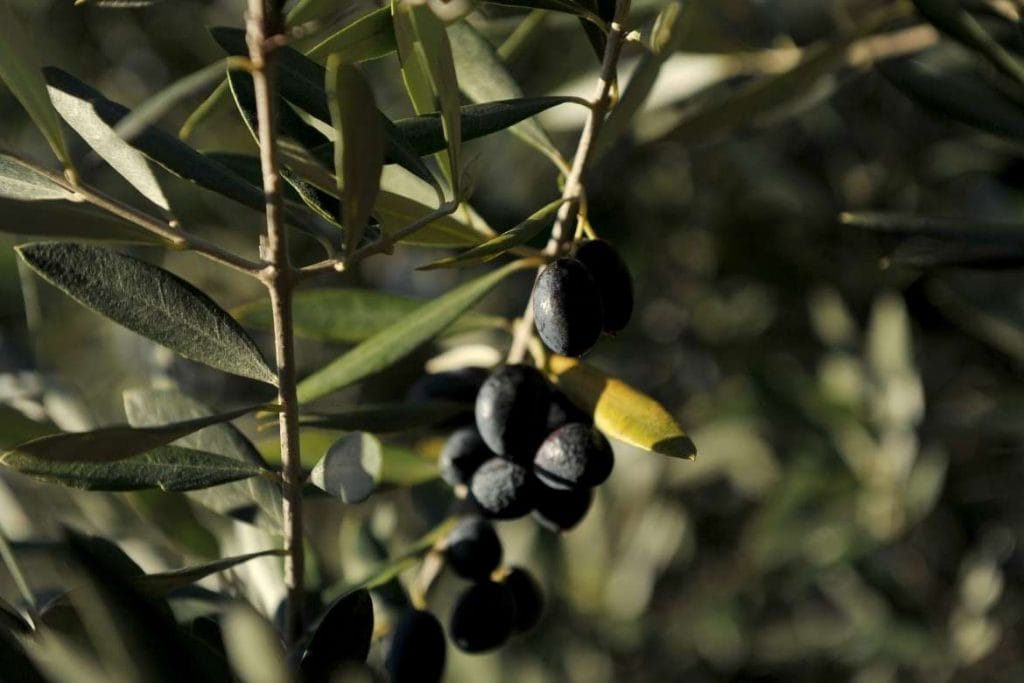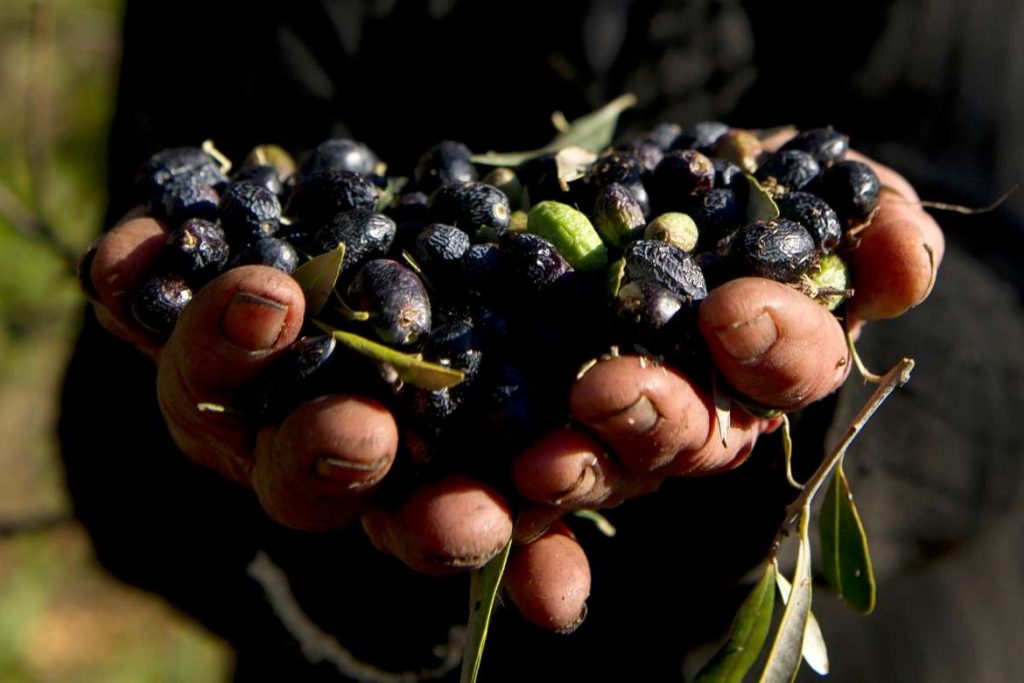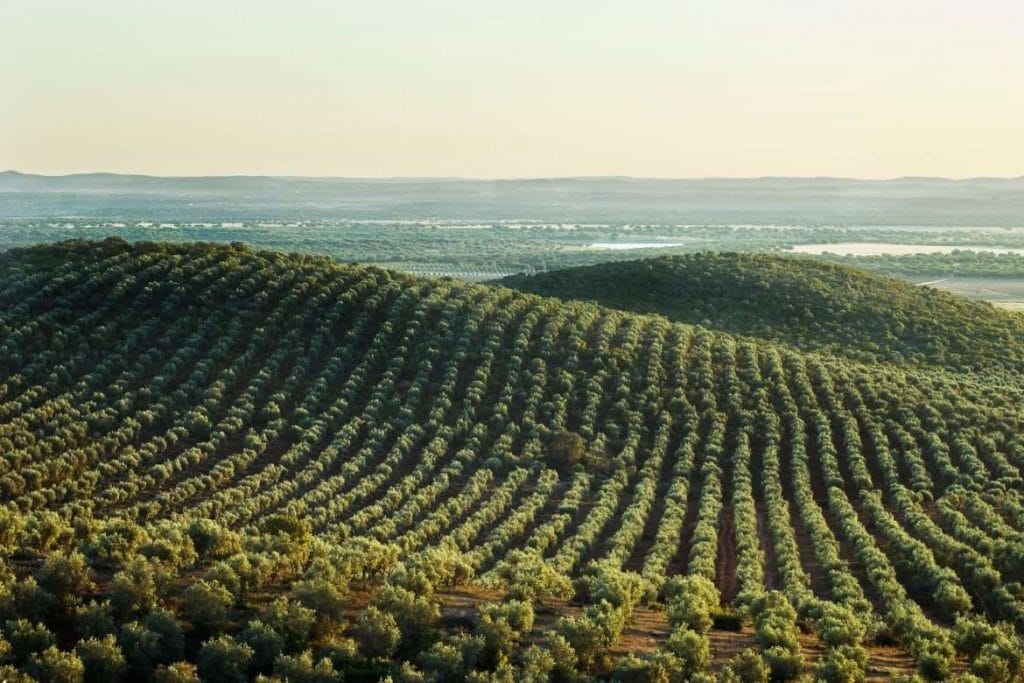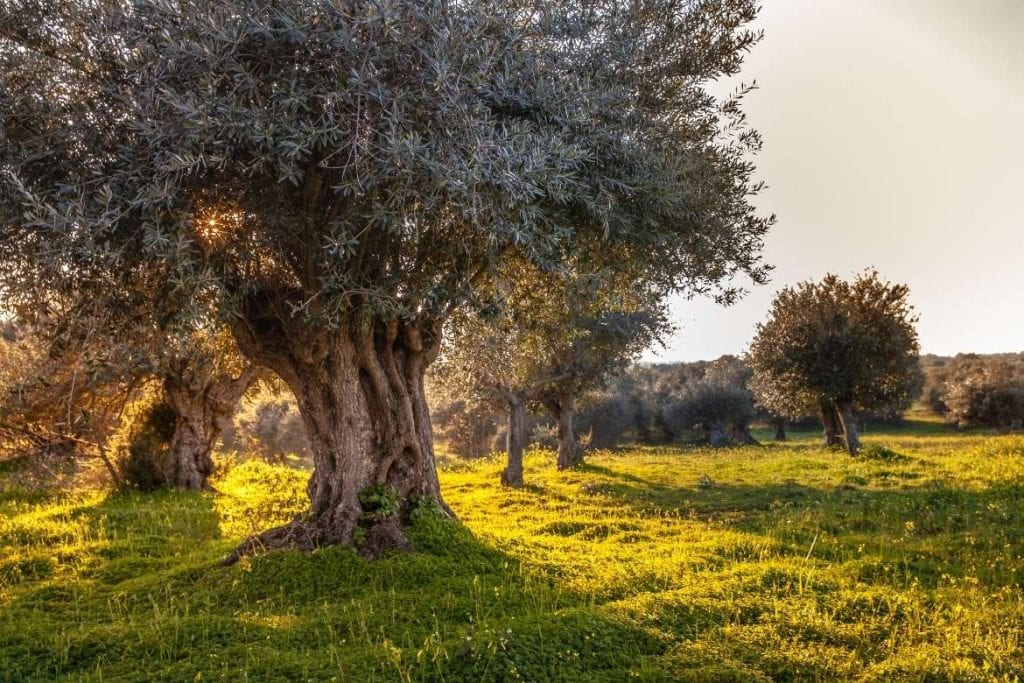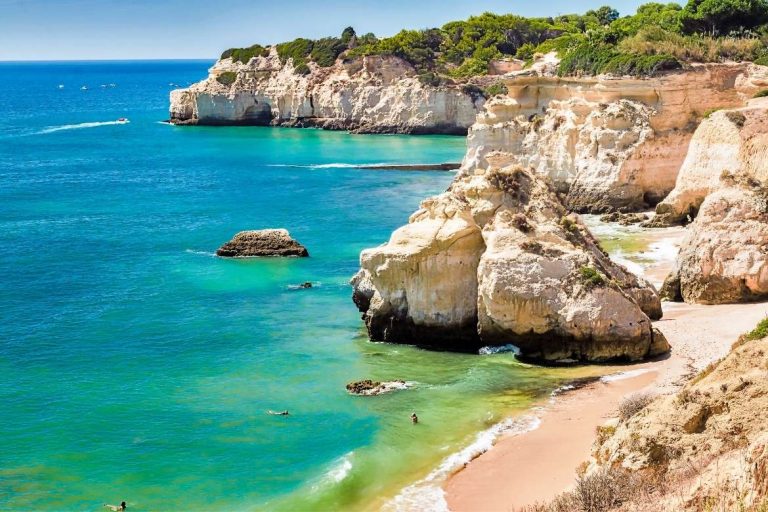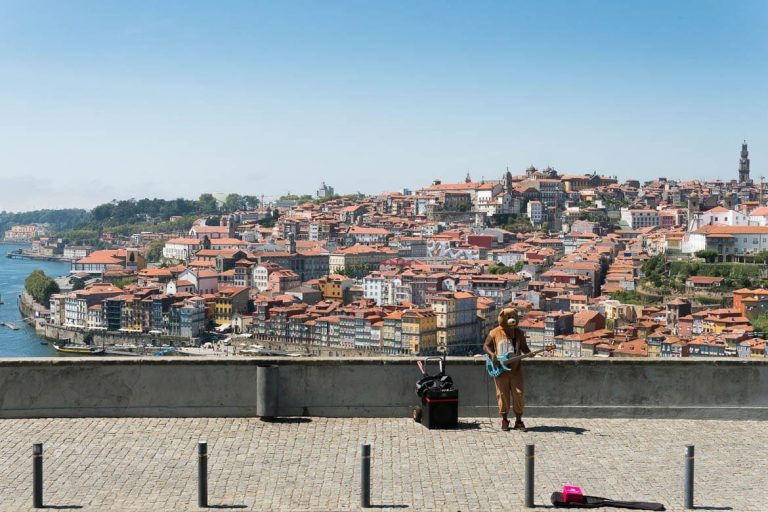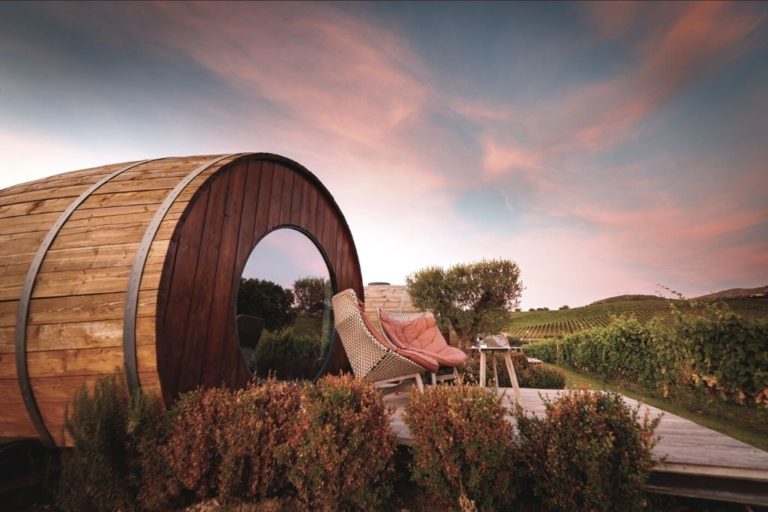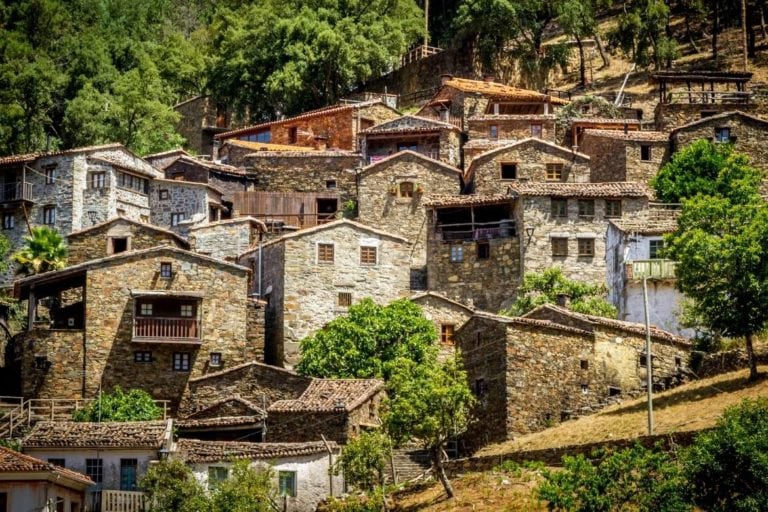In addition to wines, cod and egg-based sweets, Portugal is also well known for the quality of its olive oils, being the sixth-largest producer in the world.
Olive oil is essential in Portuguese cuisine and has conquered space in the country as a tourist activity called olive tourism. It is an activity of both agritourism and gastronomy tourism that focuses on the cultivation of olive trees, the olive oil manufacturing process, and of course, in tasting the “Portuguese liquid gold.”
Check out some tips to experience and taste the best olive oils in Portugal in this mini-guide for your trip.
History of Olive Oil in Portugal
The history of Olive Oil in Portugal is very old. In the Visigothic Code of the year 560 AD, there was already a fine for those who plucked other people’s olive trees (the Visigoth people occupied the Iberian peninsula between the 5th and 8th centuries).
However, it was the Arabs who intensified the cultivation of olive trees during their occupation in the 8th century. The word Azeite (olive oil in Portuguese) has an Arab origin (the word came from az-zait, which means olive juice).
In the 13th century, Portuguese olive oil was already exported to other countries. The product was so important in the diet habits of the Portuguese people that in 1555, King D. João III established that the product was not subject to taxation, along with bread and wine.
Black Olives | © xp33gt Harvesting Olives | © xp33gt
Traditions of Portuguese cuisine drizzled with olive oil
Rooted in the culinary and known for its health benefits, olive oil is used as a (raw) condiment or for cooking, frying or confiting food.
But in Portugal, olive oil went further and became an essential ingredient in many traditional dishes in the country. Without it, there is no ‘Arroz de Pato‘, nor ‘Cozido à Portuguesa‘, not to mention the many dishes with cod.
By the way, one of the most iconic dishes in Portugal, Bacalhau à Lagareiro, already bears the importance of olive oil in its name (the term Lagareiro comes from lagar, a place where olives are squeezed for the production of olive oil).
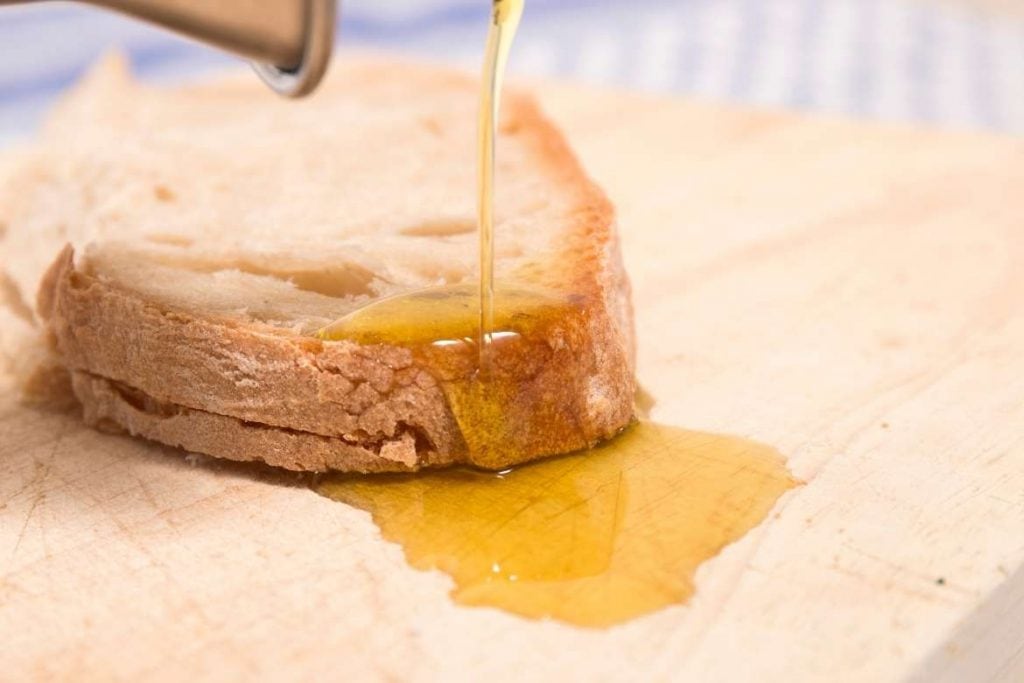
Types of Portuguese olive oils: Main producing regions
The Alentejo Region is the largest olive oil-producing region in Portugal and concentrates 70% of the national production. Three of the six olive oil production zones with a Protected Designation of Origin (DOP) in Portugal are located in this region. The most typical olive varieties in Alentejo are Galician, Cobrançosa, Cordovil de Serpa and Verdeal Alentejana.
Read more: Best Cities to Visit in the Alentejo
Another prominent region is Trás-os-Montes, located in the north of Portugal and known for its beautiful valleys, which also has DOP olive oil. In this region, the most used olive varieties are Verdeal and Madural.
DOP Olive Oils from Portugal
- Azeite de Moura DOP
- Azeite de Trás-os-Montes DOP
- Azeite do Alentejo Interior DOP
- Azeites da Beira Interior (Azeite da Beira Alta, Azeite da Beira Baixa) DOP
- Azeites do Norte Alentejano DOP
- Azeites do Ribatejo DOP
Olives Grove in Alentejo | © mrfotos Olive Trees in Alentejo | © Nachteule
How to explore Olive Oil Tourism in Portugal
Portugal offers many options for olive tourism. The country is not extensive, but its geography is rich and diverse, so it is possible to discover olive oils from different terroirs in a single trip. In fact, you will often find olive oil production and wine production in the same region – a perfect combination for the food traveler.
The best way to learn more about olive oil is to follow the olive oil routes of the DOP regions: the Alentejo Olive Oil Route, the Olive Oil Route in Trás-os-Montes, or even discover the plantations in the Algarve region, where you can find the oldest olive trees in the country.
On each of these routes, it is possible to:
Visiting olive growers and enjoying the landscape of the olive trees
You can do visits and tours to learn about the differences between crops and manufacturing methods. Some places also organize experiences to harvest the olives. Stay tuned for the dates as the harvest takes place mainly between October and December.
Recommended Production to Visit:
- Olive oil in the Alentejo and Centre: Lagar Herdade Esporão, Lagar Oliveira da Serra, Quinta do Quetzal, Lagar Museu Melara Picado Nunes, or the Courela do Zambujeiro with organic and biodynamic production.
- Olive oil in Trás-os-Montes: Quinta e Lagar Acushla, Quinta Vale do Conde,
- Olive oil in the Algarve: Olival e Lagar do Azeite Monterosa
Learning how to taste and harmonize with Olive Oil
In general, producers also offer tasting sessions. Tastings are made with pure olive oil. Through the guidance of the experts, you will be able to identify the acidity, spicy and aromas of each sample.
Visiting Olive Oil Museums
For those who like museums, be sure to check out the Alentejo’s Museu do Azeite de Moura and Museu do Azeite de Belmonte, or the Museu da Oliveira e do Azeite de Mirandela in Trás-os-Montes.
Beauty Treatments with Olive Oil
In Évora, both luxurious Convento do Espinheiro Hotel and Spa and Evora Olive Hotel offer beauty treatments with olive oil. The city of Mirandela is also known for its oil therapy treatments.
Eating a Tiborna
To end our list, tiborna is an appetizer made with hot bread soaked in olive oil, the authentic tasting ritual to end your journey through the olive oils of Portugal.

